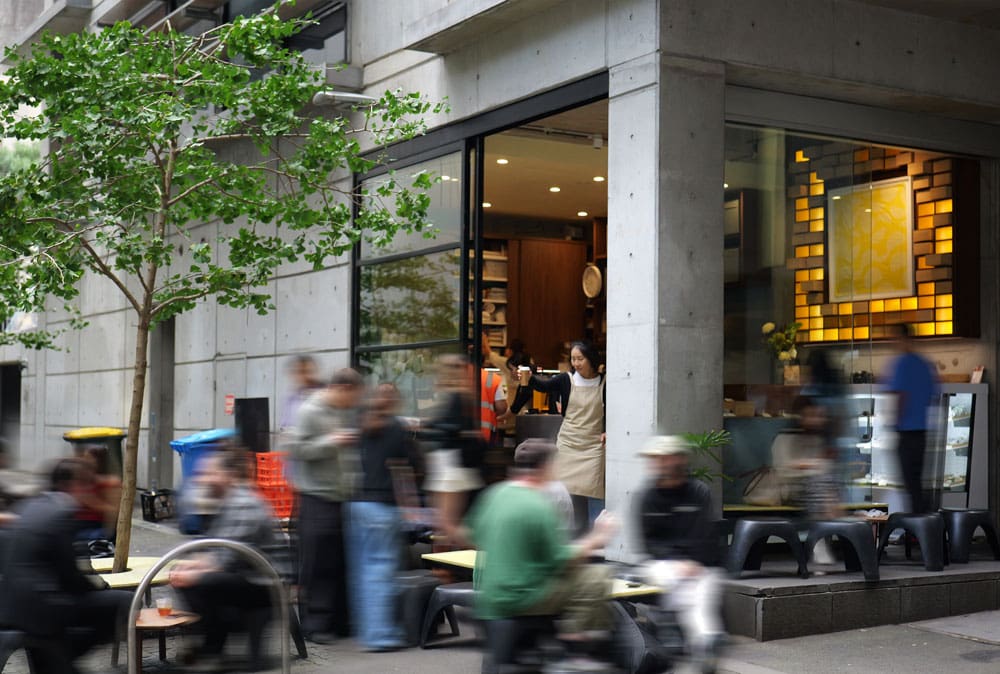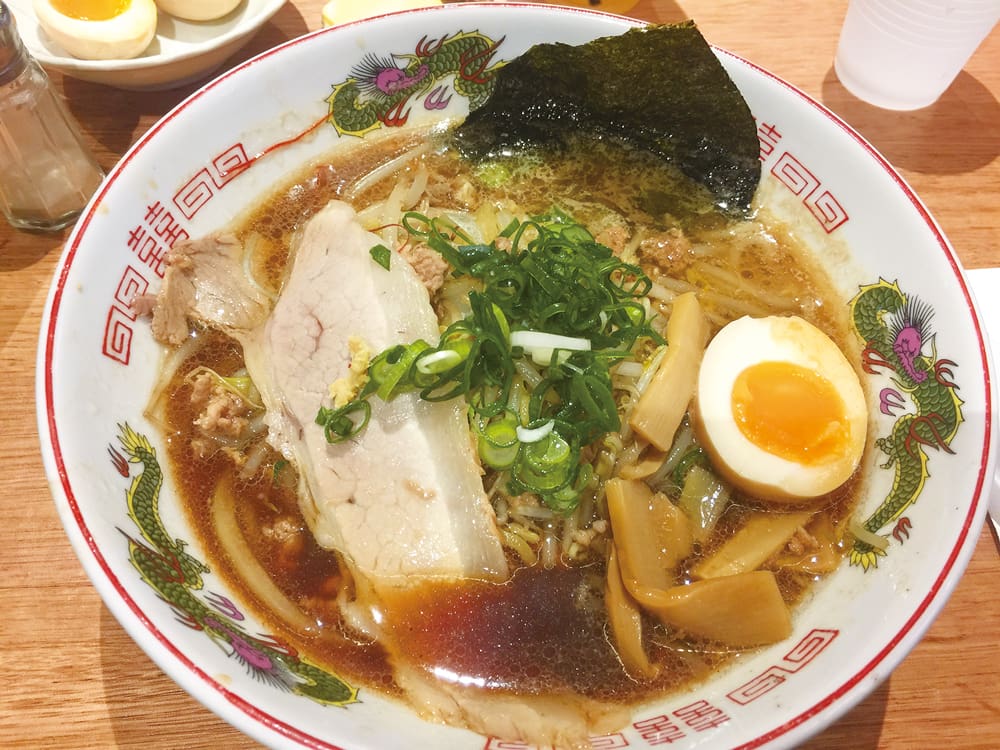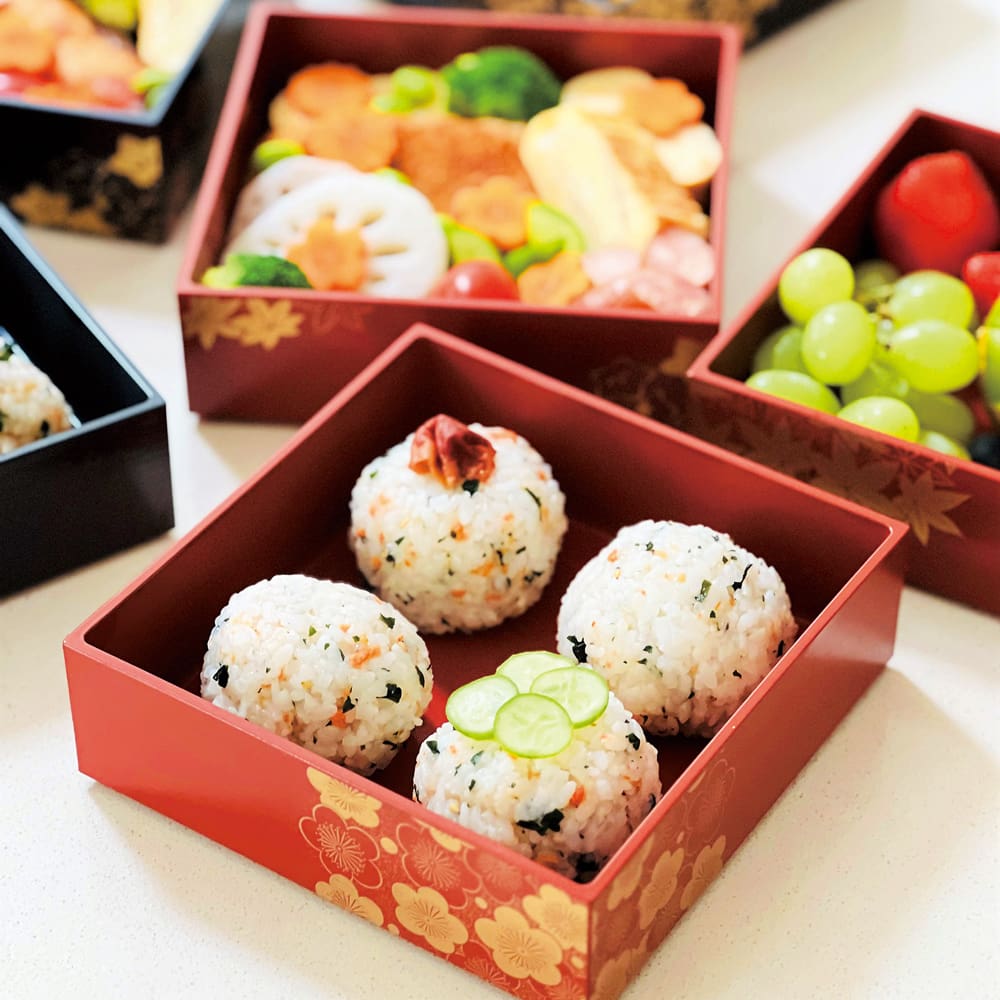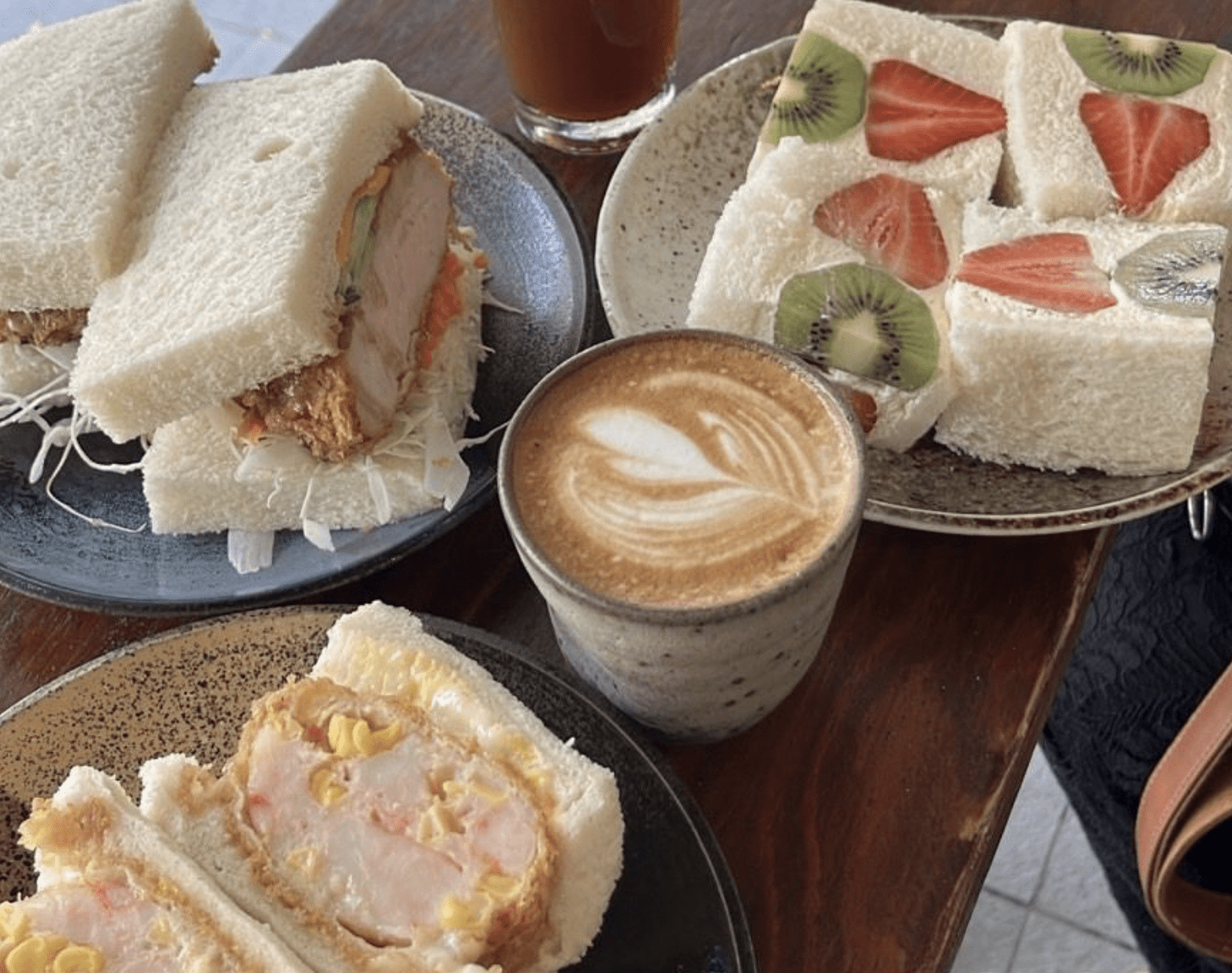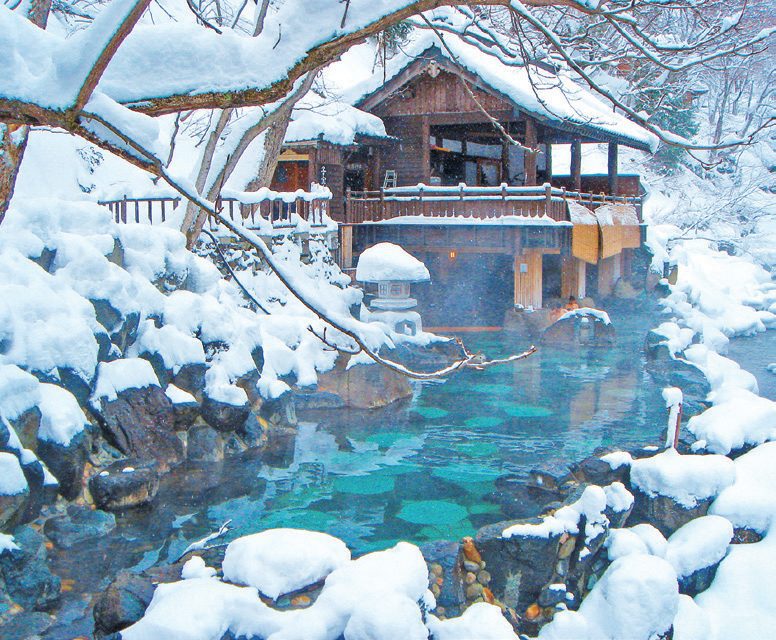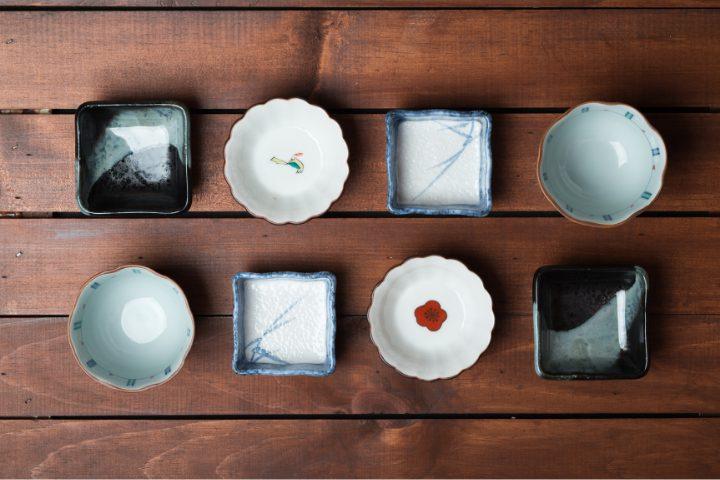
If you’ve been to a Japanese home or restaurant you will have noticed that washoku (Japanese cuisine) is made up of different dishes, displayed on a variety of plates and tableware.
The art of designing/setting up a table dates back to the 16th century. The table is to be balanced pleasantly, without any two dishes matching. In Australia or other countries, we often buy matching dinner sets, striving for all the crockery to match and be the same, but in Japan, this isn’t the case. Instead, the dish that best matches the food and shows its beauty is chosen.
The place setting is set with a tray or mat, the chopsticks are rested on a hashiokiba (chopstick rest) and set in front of all the tableware with the thinner end facing to the left. The main dish (often meat, fish, noodles etc) is set either just behind the chopsticks or in the middle, and the side bowls, dishes etc are arranged around the main dish in an asymmetrical yet balanced way.
The hashiokiba is not only hygienic, but also brings a new creative dimension to the table. Chopstick holders are available in all different shapes, sizes, colours and designs. You can swap them around depending on the meal, or the company present. Some popular designs are related to Japanese culture, festivals, seasons, and of course food. This cute set symbolizes different calendar days or months. On a summer day this ice cube shaped set brings is cooling and refreshing.
Japanese tableware is often made of earthenware (from clay), while western-style dishes are traditionally porcelain. The choice of earthware is to keep in the heat of the dishes, and also because they feel warmer when held/eaten directly from. In Japan it’s common to drink your miso soup directly from the bowl, so the bowl is created to feel nice to the lips as well. The shape of Japanese vessels is also a little different, Japanese plates and bowls tend to be deeper than more shallow western styles, but smaller and lighter.
Must-Have Japanese Tableware
Rice Bowl (Ochawan)
The ochawan is a small bowl that holds rice, they are generally sized to hold 130-150g of rice. Every household member may have their own special bowl, differently sized depending on age or their appetite.
Soup Bowl (Shiruwan or Owan)
The shiruwan holds soups, most often a miso soup! It is frequently made from wooden material, perfect for hot soups. It generally contains 220-280 ml of liquid.
Medium Plate (Chuzara)
The medium plate holds the main, and is generally placed in the middle or just behind the chopsticks. This is also a handy plate that can be used for your individual plate when the meal is served on the table on a large bowl or plate. In this case, you can take your portion (with the provided communal chopsticks, spoon etc), and place it on your chuzara. It’s a very diverse vessel and can be used easily for non-Japanese meals too! If you have pasta, curry, etc, it might be easier to use an ozara (large plate).
Small Plate (Kozara)
Along with the soup bowls, seeing kozara at the table brings a certain Japaneseness to the meal. These plates are usually 12-15cm in diameter. But more about these soon.
Tiny Plate (Mamezara)
The best way to translate the word “mamezara” might just be “tiny plate”, because these really are tiny. Usually about 6-9cm in size, they are perfect for condiments.
About Kozara and Mamezara
These small dishes are particular to Japanese tableware, and bring a certain Japanese presence to the table. So what’s the difference? A kozara is a versatile plate that can be used for small side dishes, salads and cakes.
Mamezara are usually less than 10cm in size, while kozara are around 15cm. This hints at their use, a mamezara is traditionally used for shoyu or other dipping sauces, or garnish like spring onion or ginger. Now some households use it similarly to a kozara, for holding small portions of food. Another name for a mamezara is a teshiozara. This is the more traditional name and teshio was the salt used for extra seasoning, or more interestingly dispelling impurities from the table. Mamezara are available in all different shapes and designs, you can even find some with carvings at the bottom that reveal an image after being filled with soy sauce.
How To Set a Japanese Table
The foundation of Japanese meals is the Ichiju Sansai (One Soup Three Dishes). Add on rice and pickles and you’ve got a traditional Japanese meal. The rice is usually cooked in a rice cooker and served plain, but other rice variations are also welcome! Pickles (tsukemono) are helpful in the meal to reset your palate.
The soup component is as important as any other in a Japanese meal. Miso soup is an obvious choice but something like tonjiru (pork and vegetable soup) is also popular.
The main dish may be grilled fish or meat dishes such as karaage or ginger pork. This is accompanied by two vegetable side dishes, usually prepared with cooked vegetables and can even be a tofu dish.
Where to Find Japanese Tableware
In Japan, it’s easy to find high-quality Japanese tableware at either small specialist shops, homeware stores (like Nitori or Muji) or department stores (such as LOFT, Tokyu Hands etc).
In Australia you can find Japanese tableware from some specialist online stores like Little Tokyo, Monolab, Made in Japan and Direct From Japan, some of which have stores like Little Tokyo in Adelaide.
Japanese Tableware is a Culture in Itself
The art of setting a Japanese table brings a different type of beauty to the Japanese meal. A careful selection of differently designed tableware means a visually pleasing as well as a delicious meal.
— Article From BACK LANE

